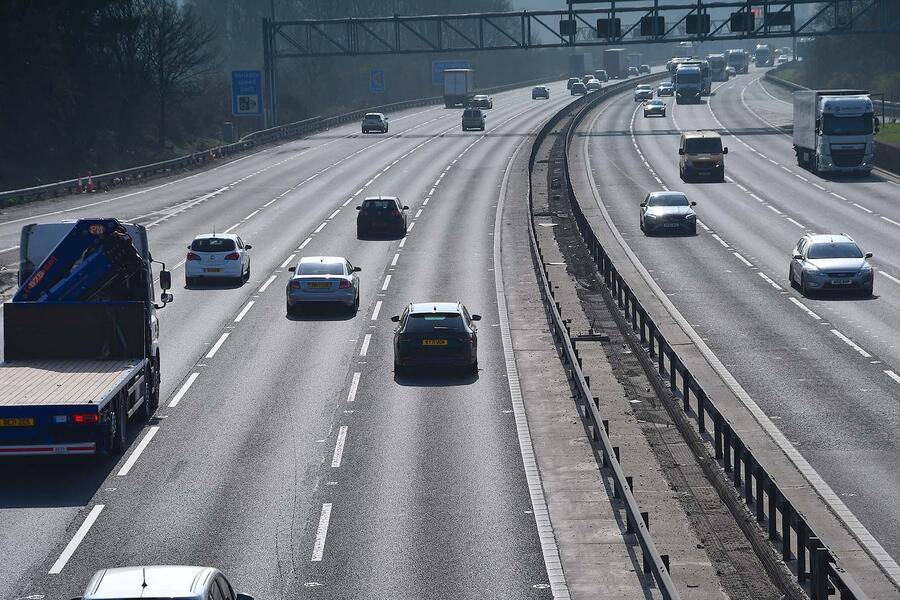It’s 4.15am and I’m in my kitchen waiting for the kettle to boil while flicking between the Google Maps and Waze apps on my phone.
I have to be at a lay-by in Teesdale between 9.30am and 10am in a car that’s fuelled enough for the day, and I need to pick up a videographer from Leeds on the way.
My phone says Leeds is 1hr 30min from our destination, so I should get to the videographer by 8am. And he’s 2hr 50min from my gaff near Bicester, so I could leave almost an hour later than now, at 5.10am.
But that – and you’ll have known this as you read it – would be a mistake. Because by the time I get to Leeds for 8am, there will be loads of people getting to Leeds for 8am. So the kettle boils, I fill a mug and off I go.
Initially it looks like I’ll be daftly early: 7.20am. But I’ll want more tea and a bun on the way, and if I fuel the car near Leeds, it will last the day. My estimated arrival time creeps onwards.

After a relaxed fuel stop, I arrive at 7.55am. Spot on.
The second section of the journey is more predictable. We’re the only people trying to get to a lay-by in Teesdale by 10am, so traffic is expectedly light and we’re there by 9.35am.
It couldn’t be simpler. Or could it? There are variables and options to go around if it goes awry, which I know about only through experience. Different leaving times give different results. But a near constant, at least, is how much it will cost.
A few weeks ago, I took a train to Birmingham. As with the car, I stood in my kitchen working out journey times. Being naive, I would have gone to the station and bought a ticket.










Join the debate
Add your comment
Efficiencies don't appear each year, the ticketing system is one way they can 'game' the consumer to pay more than they need to.
I'm no devotee of nationalisation, but is this the best we can do in this country? It's embarrassing.
I can get From Bicester to Edinburgh travelling tomorrow coming back Thurs for £108. People know for long distance travel you need to book in advance to get the best fares, no one would turn up at an airport and buy a flight ticket. As for cheaper split ticketing prices, people just need to check a split ticketing site, train operators do not offer them.
Having moved to commuting by rail because the M6 etc are far too congested and frankly risky now there's no hard shoulder, I've learnt a few things from overhearing conversations between staff.
- The DfT control pretty much everything including prices (which is why some train companies have garbage first class and others don't but charge the same)- Only freight is 'profitable' without subsidy- HS2 wasn't about just being faster it was about also freeing up line capacity for freight- Train companies seem to be struggling to get catering staff